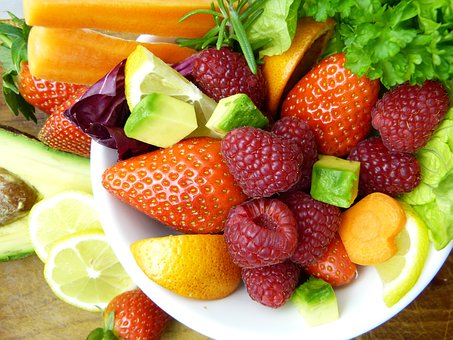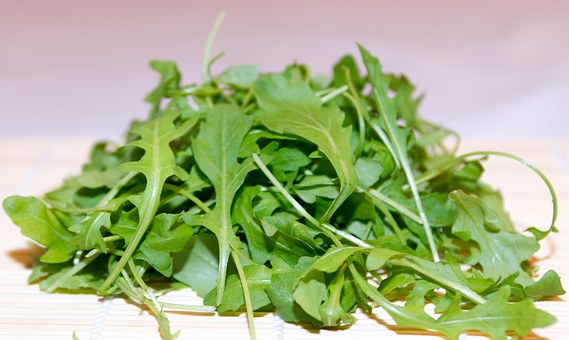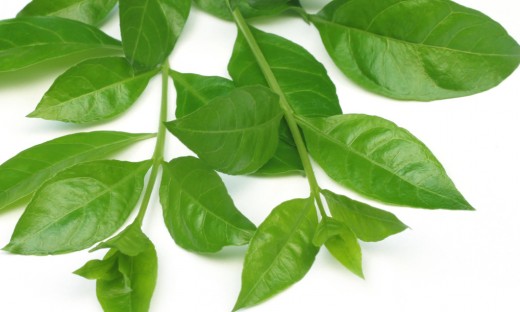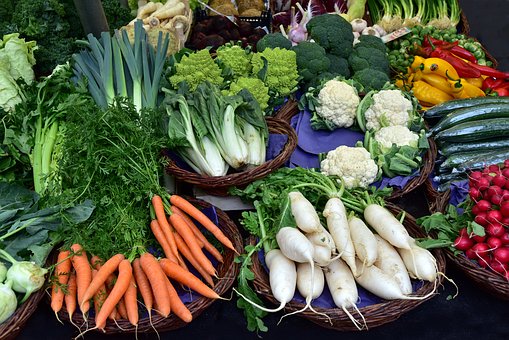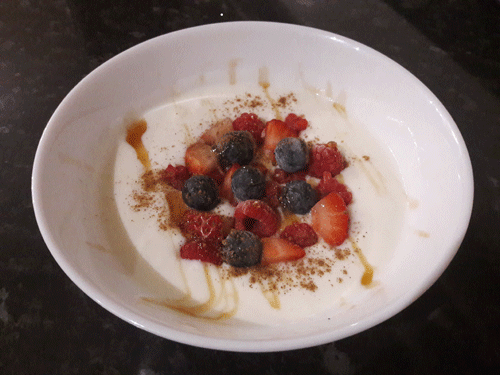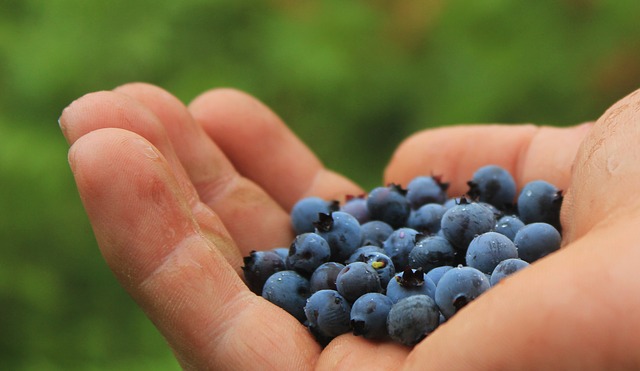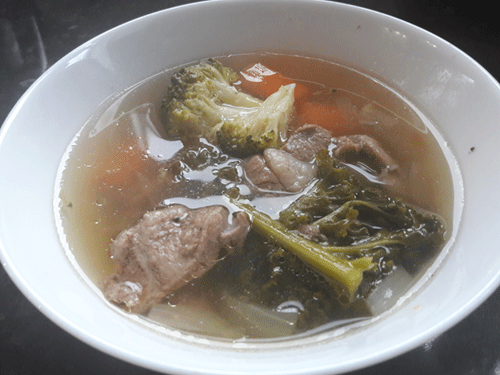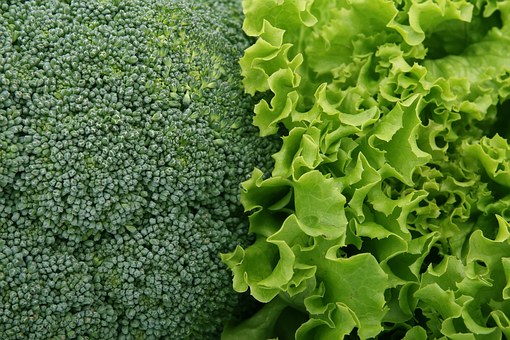Polysaccharides From Lycium Barbarum Leaves: Isolation, Characterization and Splenocyte Proliferation Activity
© Authored by PubMed
© HealthyMuslim. See Terms and Conditions
Copy Link
Email
Print

Goji berries (Lycium barbarum, wolfberry) grow on an evergreen shrub found in temperate and subtropical regions in China, Mongolia and in the Himalayas in Tibet. They are in the nightshade (Solonaceae) family. Goji berries are usually found dried. They are shriveled red berries that look like red raisins. Goji berries are rich in antioxidants, particularly carotenoids such as Beta-carotene and zeaxanthin. One of zeaxanthin's key roles is to protect the retina of the eye by absorbing blue light and acting as an antioxidant. Goji berries have been used for 6,000 years by herbalists in China, Tibet and India to: protect the liver, help eyesight, improve sexual function and fertility, strengthen the legs, boost immune function, improve circulation, and to promote longevity.
Liu H, Fan Y, Wang W, Liu N, Zhang H, Zhu Z, Liu A. Polysaccharides from Lycium barbarum leaves: Isolation, characterization and splenocyte proliferation activity. 1. Int J Biol Macromol. 2012 May 28;51(4):417-422. [Epub ahead of print]
Liu H, Fan Y, Wang W, Liu N, Zhang H, Zhu Z, Liu A. Polysaccharides from Lycium barbarum leaves: Isolation, characterization and splenocyte proliferation activity. 1. Int J Biol Macromol. 2012 May 28;51(4):417-422. [Epub ahead of print]
The polysaccharides from the fruits of Lycium barbarum have received considerable attention in previous publication, but the polysaccharides from the leaves were rarely reported. In the present work, four water-soluble polysaccharide fractions: LBP-I, LBP-II, LBP-III and LBP-IV isolated from L. barbarum leaves were purified through DEAE-Sephadex A-25. LBP-II and LBP-IV respectively showed one symmetrical peak on HPGPC with average molecular weight of 9.39?10(4)Da and 4.18?10(5)Da. UV and IR analysis of the two fractions showed the characteristics of acidic polysaccharides combined with polypeptides or proteins. GC analysis showed LBP-IV was mainly composed of rhamnose, arabinose, xylose, glucose and galactose with molar ratio of 1.61:3.82:3.44:7.54:1.00, and the uronic acid content was 47.68% (w/w) determined by sulfuric acid-carbazole method. (1)H and (13)C NMR spectra of LBP-IV also showed the presence of carboxyl carbon and five anomeric carbons, and suggested there may be both ?- and ?-anomeric configurations in this fraction. Moreover, splenocyte proliferation activity assay showed that LBP-IV significantly enhanced the proliferation of splenocyte stimulated by ConA or LPS, indicating the fraction has the beneficial effect on immunostimulating activity.
Link to this article: Show: HTML Link • Full Link • Short Link
Share or Bookmark this page: You will need to have an account with the selected service in order to post links or bookmark this page.





|
Related Articles:
- Polysaccharides From Wolfberry Prevents Corticosterone-Induced Inhibition of Sexual Behavior and Increases Neurogenesis
- Polysaccharides From Lycium Barbarum Leaves: Isolation, Characterization and Splenocyte Proliferation Activity
- Lycium Barbarum Polysaccharide Inhibits the Proliferation of HeLa Cells by Inducing Apoptosis
- Anti-Inflammatory and Anti-Angiogenic Effects of Flavonoids Isolated From Lycium Barbarum Linnaeus on Human Umbilical Vein Endothelial Cells
You must be registered and logged in to comment.
Most Popular
Latest Articles
Popular Subjects
Health, fitness and longevity
Based upon the principles of health
in the Qur'an and Prophetic Traditions.
HealthyMuslim.Com
There are two bounties in which
most people lose out: good health
and free time. Al-Bukhari.
The information on this site is provided for educational purposes only. It is not intended as a substitute for professional advice of any kind.





